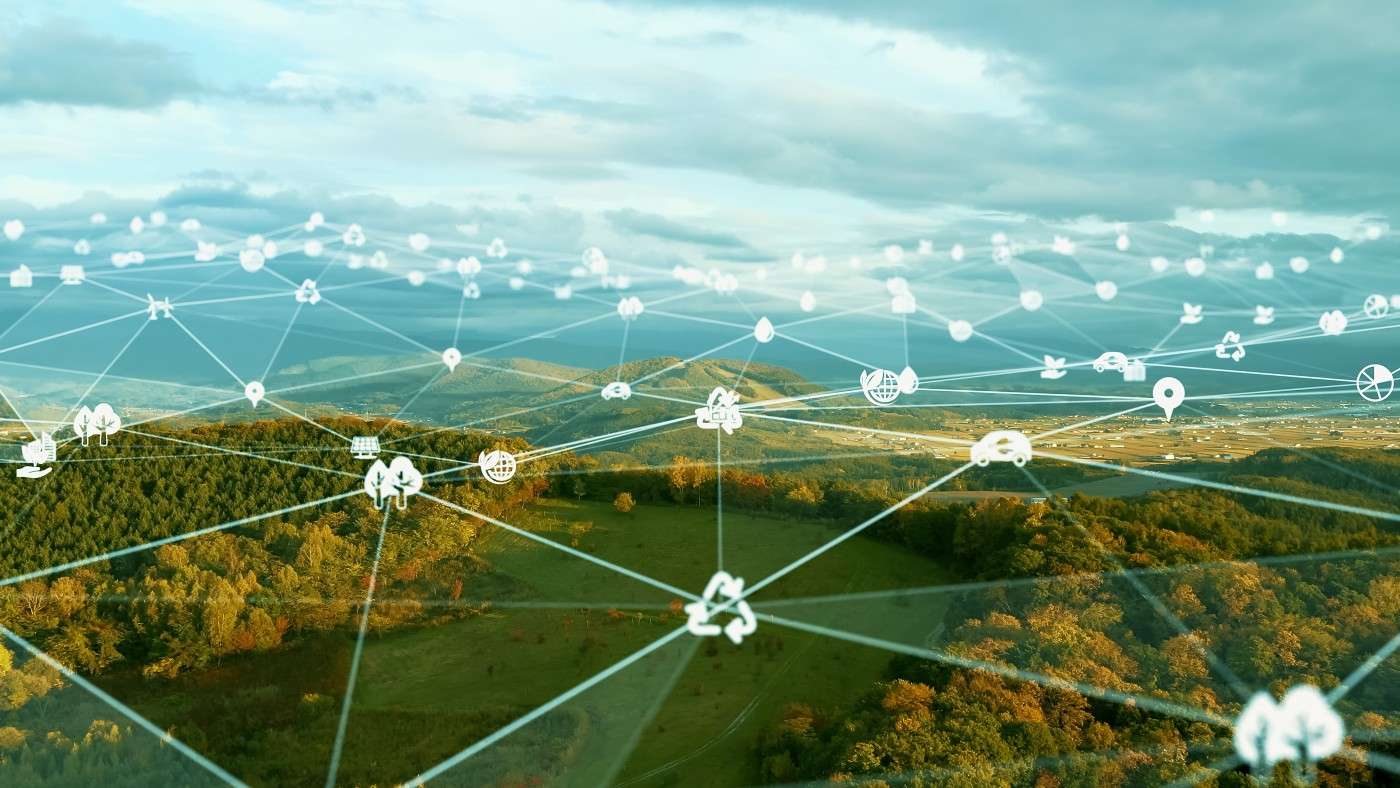More than 4 billion people regularly use the Internet now! But how many of us as web users think about how the numerous hours we spend each day online can harm the environment or the air we breathe? It’s a low estimate, considering what social media we use, emailing, or binge-watching Netflix might possibly have to do with smog or increasing temperatures.
It turns out that it does, and a lot of it too. The number of Internet users worldwide has doubled over the past ten years, and online time is continuously rising. It is not hard to infer that supporting such a big number of users necessitates a correspondingly vast infrastructure made up of millions of kilometres’ worth of cables, server rooms, the size of entire cities, and of course, a variety of network equipment. Each of them relies on electricity and generates waste and effluents during the manufacturing run, which emits carbon dioxide, methane, and numerous other hazardous chemicals.
Contents
Internet and its carbon footprint
Digital technology adds a lot to the carbon footprint

1.5 billion tonnes of carbon dioxide is emitted annually by digital equipment. 36 billion tonnes of CO2 are emitted globally each year. The Internet contributes significantly to global carbon dioxide output, accounting for around 4% of it. Not only is this more than any other nation in the world (apart from the USA, China, and India), but it is also far more than the aerospace sector, which is frequently cited as the primary offender when it comes to air pollution with CO2 and other greenhouse gasses.
We are increasingly spending more time online and integrating it into more aspects of our daily life.
As industry captains, technology companies are keeping the environment, social and governance (ESG) aspects at the centre of their strategies. We see an increased focus on renewable energy sources, better containment in data centres, lesser use of plastics, sustainable manufacturing practices and much more.
While we will see incremental gains from each one of these actions, now is a great time to re-think the future of broadband from a sustainability angle.
Optical fibre technology – path to connecting the world, sustainably
Copper-based broadband networks consume up to seventeen times more electricity than full-fibre networks. Although copper is perfectly adequate for a voice signal, it has very limited bandwidth. One of the most serious disadvantages of copper wire is its susceptibility to corrosion, that is, oxidation. It has a shorter life expectancy than fibre optic cable as a result of this.
Today’s optical fibres offer data transfer that is not only incredibly rapid but also stable and devoid of interference. As less infrastructure and electricity are used, it reduces the emissions of CO2 and other hazardous pollutants. Fiber optics are made of silicate, which is available in unlimited quantities. The raw material can be extracted and recycled at a reasonable cost.
Fibre is really more economical and space-efficient than a copper-based networking environment.

STL has been manufacturing optical fibre for almost 3 decades now and has been continuously working towards innovating for smaller form sizes, lesser plastic in the ground and manufacturing fibre in the most sustainable way. Five of our six manufacturing units in India are Zero Waste to Landfill certified. While our Shendra, Waluj cable plant, Rakholi and Dadra plants are level 1 certified for diverting over 99% of waste from landfills, our Waluj plant has a level 2 certification for diverting over 95% of waste. We have even prioritised reusing waste over recycling, ensuring more circular use of byproducts generated during manufacturing.
We are ensuring sustainable sourcing by working with partners across our value chain to facilitate a greener and more sustainable future. One of the critical components of how we function is efficiency in energy management and water utilisation. With climate
change becoming more frequent, we believe that we need to invest and manage overall energy
efficiencies better and increase reliance on alternative, environmentally‑friendly sources of energy. This will help bring down overall energy cost, avail incentives for energy enhancement, and reduce GHG emissions while increasing cost savings and ensuring higher profitability.
By 2030, we aim to become water positive across all our manufacturing locations globally. To achieve this target, we implemented water-recycling models. All our manufacturing plants in Aurangabad are Zero Liquid Discharge certified, and we are working to replicate these best practices across all operational plants.
Packaging is a big part of sustainable operations – Transportation of these fibres and cables to the customers requires packaging. This includes the use of plastic spools, cardboard boxes, wooden drums and pallets as well as steel drums. We recycle wooden waste and drums by using them to manufacture pallets. The adoption of reusable packaging options is also being explored to reduce dependence on fresh raw materials.
Relentlessly innovating towards eco-friendly product development, STL has conducted Life Cycle Assessments (LCA) for ten OF cable families and aims to cover 100% of its portfolio by 2030. Its Celesta cable reduces the overall plastic content while Aerial cables (ADSS) reduce the usage of harmful thermoplastic like Aramid yarns.
STL also takes major waste diversion initiatives at its manufacturing units. This includes recycling waste such as wood, oil, and plastic scrap and upcycling hazardous chemicals like HCl and SiO2 to other industries
As a global technology business, we aspire to build green, resilient, and sustainable digital networks. To do so, we have strengthened our focus on sustainability by committing to environment stewardship driven at the forefront by a goal to achieve Net Zero Emissions by 2030. While this is an ambitious goal, we believe our efforts in facilitating collective action with partners across our value chain, as well as within our own operations and communities, will help us accomplish this feat.














